Growing fragrant herbs is not just about the pleasure of having a beautiful garden but also about its numerous benefits. You can use these herbs for cooking, aromatherapy, or even natural remedies for various ailments. Remember to choose the right location with enough sunlight and well-drained soil.
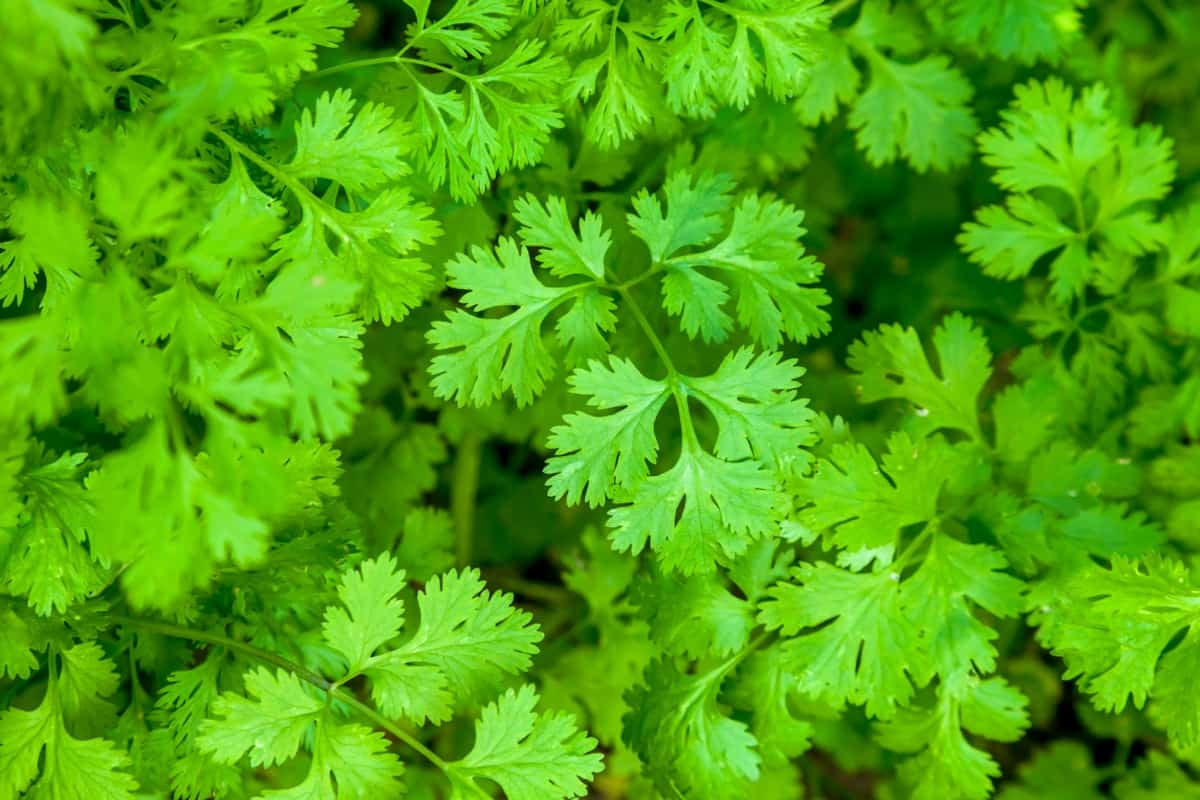
Be sure to water your plants regularly and provide them with proper nutrients. Also, don’t forget to regularly prune your plants to encourage growth and maintain their shape. Experiment with different varieties of fragrant herbs. Try planting them in containers or mixing them in your flowerbeds for added color and texture.
Secret Tips to Create the Most Fragrant/Aromatic Herb Garden
Start with Good Quality Herbs
When growing fragrant herbs, starting with good-quality plants is essential. Buying the cheapest or most convenient option can be tempting, but investing in healthy and strong herb plants will pay off in the long run. Look for thriving plants that show no signs of disease or pests. Check the leaves for discoloration, spots or holes, and roots for rotting.
Another important factor when selecting herbs is choosing varieties known for their fragrance. Be sure to read the labels carefully before making any purchases so you know exactly what type of plant you’re getting. When planting your new herbs, make sure they have enough space between each other so they can grow properly without competing for resources like sunlight and water.
Choose the Location Wisely
Choosing the right location for your herbs is crucial in cultivating fragrant and healthy plants. When selecting the perfect spot, it’s important to consider several factors, such as sunlight exposure, soil quality, drainage system, and wind protection. Firstly, most herbs require at least six hours of sunlight daily to grow properly. Therefore, choose an area that receives sufficient sun exposure throughout the day while sheltering from strong winds.
In case you missed it: How to Grow and Care for Epazote Herb in Your Garden
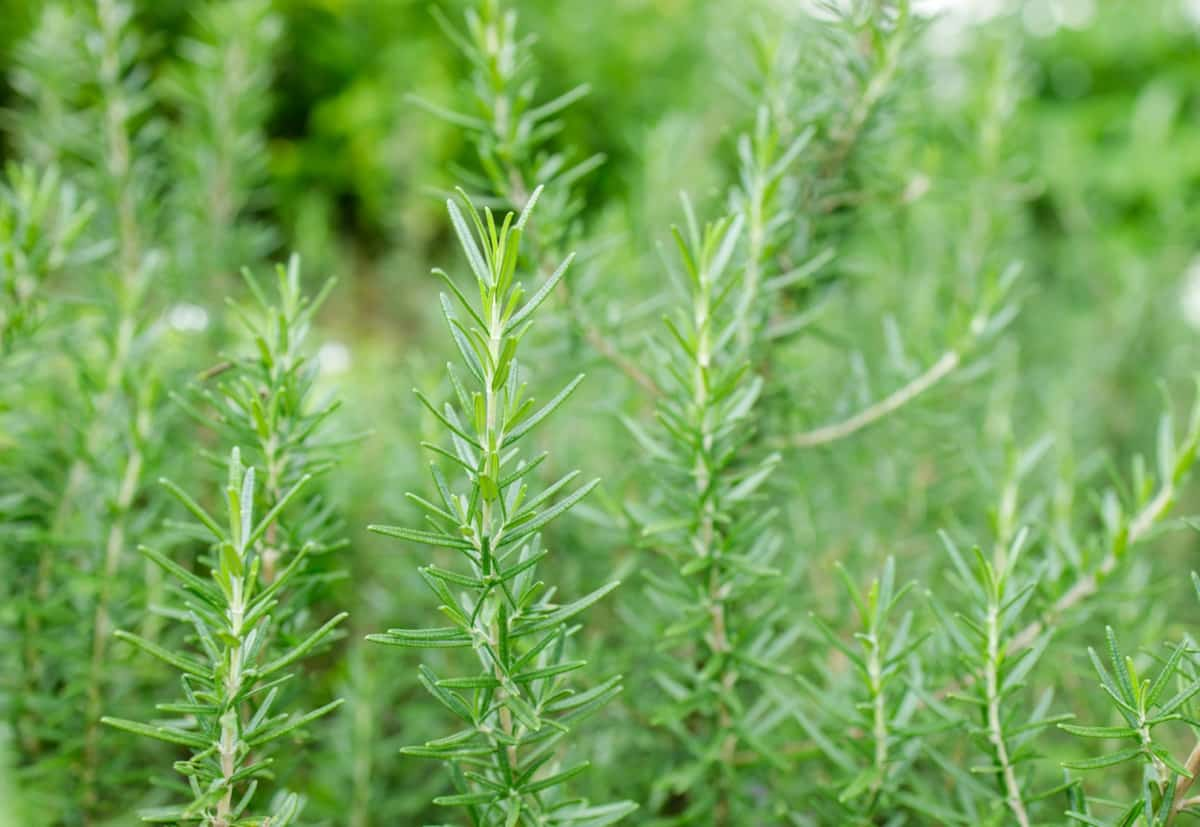
Good soil quality is vital for herb growth. Make sure you choose well-drained soil with a slightly acidic pH level and rich in organic matter such as compost or manure. Ensure proper drainage by avoiding planting near areas prone to flooding or standing water. Herbs don’t like their roots sitting in waterlogged soils, which can lead to root rot and other diseases.
Wind protection is essential since strong winds can damage fragile herbs or dry out their leaves quickly. Consider erecting a fence or using trees around your herb garden as natural windbreaks. Choosing the right location for your herbs based on these factors will provide optimal growing conditions resulting in healthier foliage and aromatic oils production.
Give Less Water
One of the secrets to growing fragrant herbs is to do less watering. While it may seem counterintuitive, overwatering can decrease your herbs’ fragrance and flavor. When you water your plants too often, their roots become saturated with water, which can cause them to rot and die. This results in a weaker plant that produces fewer oils responsible for the herb’s aroma and taste.
You should also pay attention to how much sunlight your plants are getting. They won’t need as much water if they’re not receiving enough light. In addition, when you do water your herbs, be sure to give them a deep soak rather than just surface-level watering. This will encourage deeper root growth and help your plants better withstand periods of drought. By providing just enough moisture without overdoing it, you’ll be able to enjoy more flavorful and aromatic crops all season long.
Provide Enough Space to Spread
When growing the most fragrant herbs, giving them enough space to spread is crucial. If you cram too many plants into a small area, they will struggle for resources like sunlight and nutrients, resulting in stunted growth and less aroma. When deciding how much space your herbs need, consider their mature size. Some varieties can grow large and bushy, while others remain relatively compact. Be sure to read up on the specific needs of each herb you plan to grow to give it the appropriate amount of room.
Not only does provide ample space benefit the individual plants themselves, but it also allows for better air circulation throughout your garden bed or container. This can help prevent issues with moisture buildup and fungal diseases. If planting in containers, ensure they are wide enough for multiple plants, or choose separate pots for each herb. Allow enough distance between rows or clusters in garden beds to accommodate future growth. You’ll be rewarded with healthy plants that produce abundant aromas all season by giving your fragrant herbs plenty of room to spread out as they grow.
In case you missed it: Best Herbs for Tea Garden: What to Grow in a Tea Garden
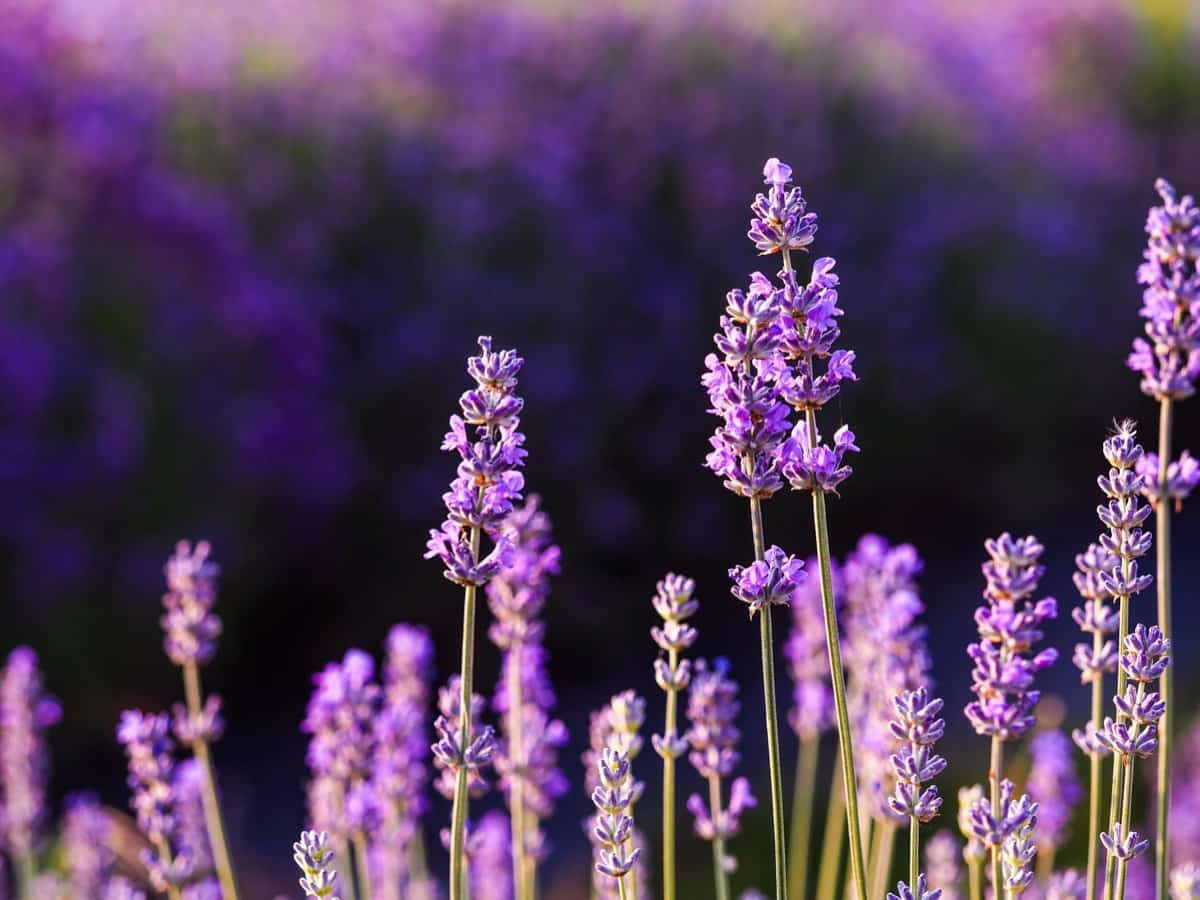
Pick Herbs Just Before Flowering
One effective way to ensure your herbs are as fragrant as possible is to pick them just before flowering. This timing is critical because the plant’s energy is focused on producing more flowers, which can diminish the herb’s aroma. When you see buds forming, it’s time to check for readiness. The leaves should have a strong scent and be a vibrant green color. Give them another day or two if they’re not quite there yet.
Once you’ve determined that your herbs are ready to be picked, use sharp scissors or garden shears to snip off the stems at about one-third of their length from the base of the plant. Be sure not to take too much foliage at once so that enough remains for continued growth. This method ensures that you’ll always have fresh herbs available with maximum fragrance and flavor.
Harvest in Morning
Harvesting herbs in the morning is a great way to ensure you get the most fragrance from your plants. During the early hours, herbs are at their freshest and fullest, which means they contain more essential oils than later in the day. These oils give each herb its unique scent and flavor. When harvesting herbs, it’s important to remember that timing is everything. You should aim to pick them just before flowering when they’re at their peak flavor and aroma intensity. This will also encourage new growth after harvesting.
To harvest properly, use sharp scissors or pruning shears to snip off stems just above where leaves grow from them. Be sure not to damage any other plant parts or take too much foliage, which can stunt growth. Another advantage of harvesting in the morning is cooler temperatures help prevent wilting caused by heat stress during hot summer days.
Fertilize with Less-Nitrogen Content
Fertilizing is essential to growing herbs and crucial in determining the fragrance intensity. However, not all fertilizers are created equal – some contain high levels of nitrogen that can cause excessive foliage growth while reducing the aroma. One solution is to fertilize with less-nitrogen content.
Nitrogen promotes leafy growth and enhances chlorophyll production, but too much can negatively impact herb scent. Instead, use organic or slow-release fertilizers with balanced nutrients and low nitrogen concentration. Another way to reduce nitrogen content is by using compost or manure tea as a natural fertilizer source. These teas provide adequate nutrients for healthy plant development without compromising fragrance quality.
It’s important to note that over-fertilization can also lead to decreased scent production in herbs. Therefore, always follow manufacturer instructions when using any fertilizer and avoid applying more than recommended. Proper fertilization practices are critical for promoting strong fragrances in your herbs. Choose organic or slow-release fertilizers with low nitrogen content and apply them according to instructions for optimal results.
In case you missed it: How to Grow and Care for Agrimony in Your Herb Garden
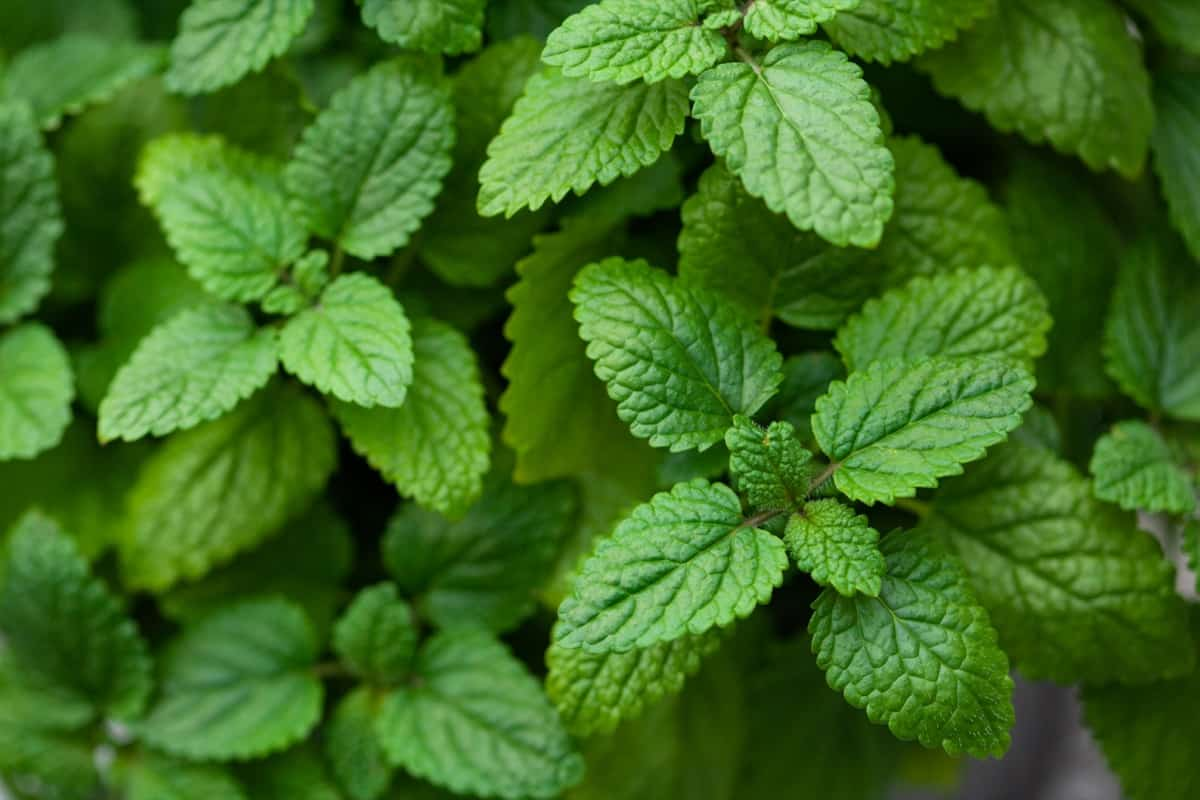
Harvest Regularly
Harvesting regularly is crucial for growing the most fragrant herbs. Not only does it ensure that your plants stay healthy and strong, but it also encourages them to produce more aromatic oils. The frequency of harvest depends on the herb variety and its growth rate. For fast-growing herbs, weekly trimming can keep them from becoming too bushy or woody. On the other hand, slow-growing ones need to be harvested sparingly.
Using clean and sharp tools when harvesting is essential to avoid damaging the plant or spreading diseases through open wounds. Always cut just above a leaf node, where new growth will emerge quickly. You can store freshly harvested herbs in an airtight container in the refrigerator for up to a week, while dried ones last longer and retain their fragrance better than fresh ones. Harvesting regularly promotes healthy growth habits for your herbs while keeping them smelling wonderful all year round.
Protect from Heat
Growing herbs in hot weather can be challenging, especially when temperatures rise above 32°C. Most aromatic herbs do not tolerate extreme heat conditions. To keep your plants healthy and fragrant during the hot summer, protect them from excessive sun exposure. One effective way to protect herbs from heat is by providing shade with a light-colored cloth or netting.
This will help to reduce direct sunlight on the plants and prevent them from wilting due to dehydration. Another helpful tip is watering your herbs deeply in the morning before the temperature rises. This will ensure that they have enough moisture for their daily activities throughout the day. Moreover, mulching around your herb plant helps maintain moisture levels and regulate soil temperatures as it acts as an insulator against heat stress.
Organic materials such as straw, leaves, or compost are ideal for mulch because they decompose over time, releasing nutrients into the soil while improving its structure. If you grow potted herbs outdoors during summer, consider moving them indoors at night or placing them under shelter away from direct sunlight during peak hours of heat exposure, such as noon to afternoon.
Give Occasional Pruning
Giving occasional pruning is an essential practice for ensuring the growth of healthy and fragrant herbs. Pruning involves regularly removing dead or dying leaves, branches, and stems from your herb plants. Pruning helps to promote bushier and healthier growth by removing any damaged or diseased parts that may hinder the proper development of your herbs. It also allows more sunlight and air circulation to reach all parts of the plant, which is crucial for their overall health.
In case you missed it: 13 Herbs that Grow Best from Cuttings: A Must Grow Herbs List in Your Garden
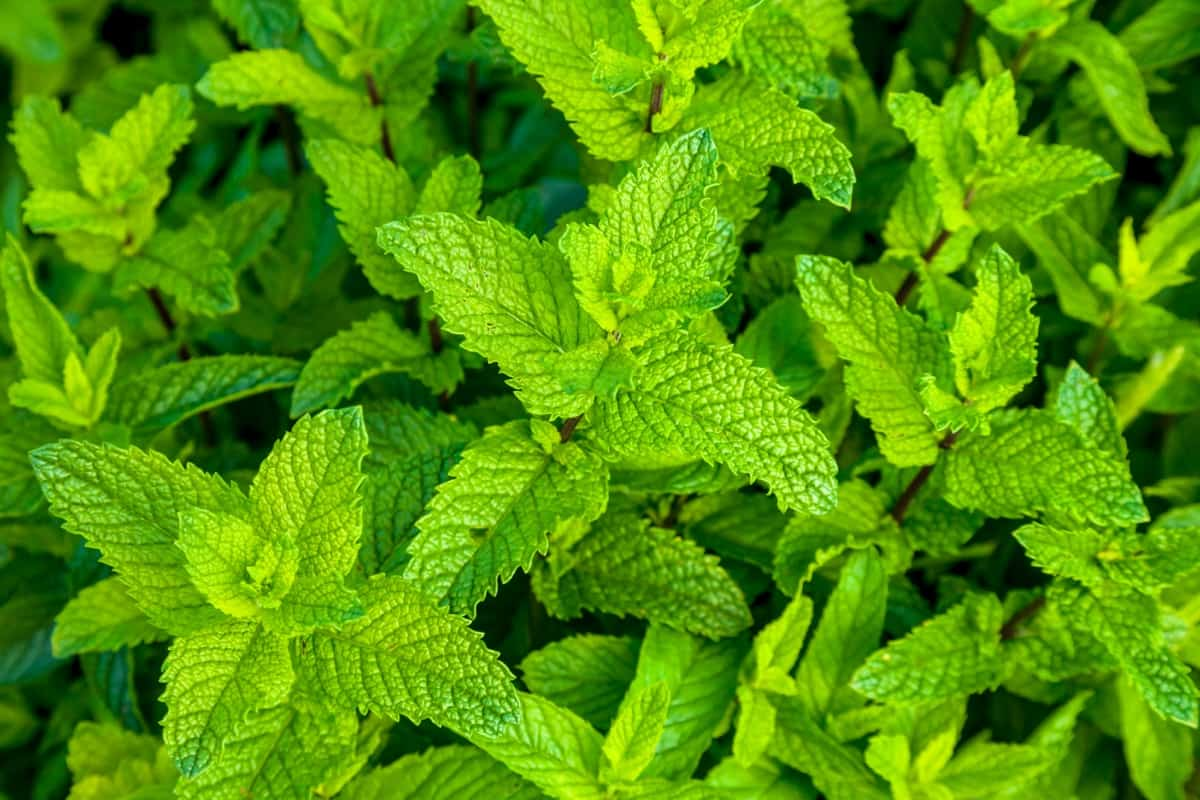
However, it’s important not to over-prune as this can cause stress on the plant leading to stunted growth. Cutting at least a third of the plant at a time is best. When pruning, use clean, sharp shears to avoid damaging the remaining foliage or introducing disease into your plants. Cut just above where new leaves emerge, or nodes on stems rather than cutting in between them. Giving occasional pruning attention to your herbs will make them stronger and healthier with better fragrance properties, making them ideal for cooking or medicinal purposes.
Ways to Use Your Fragrant Herbs
Once you have successfully grown your fragrant herbs, it’s time to put them to good use. There are numerous ways of using these herbs, which can be used in various recipes and purposes. One popular way of utilizing your fragrant herbs is by incorporating them into your cooking. Basil, Rosemary, thyme, and mint are great herbs that add wonderful flavors to a dish while providing a pleasant aroma. You can use fresh or dried versions depending on the recipe.
Another way to use these aromatic plants is for tea-making. Chamomile, lavender, and lemon balm make delicious herbal teas promoting relaxation and calmness. Simply steep some leaves in hot water for several minutes before enjoying. Simply having fragrant plants indoors can create a soothing atmosphere in any room. Place potted plants around your home or office space where you spend most of your time. There are endless possibilities for using fragrant herbs beyond just their pleasing scent alone.
In case you missed it: 21 Best Herbs for Container Gardening: Tips, Ideas, and Techniques

Conclusion
Growing fragrant herbs is a wonderful way to add natural scents and flavors to your home. Growing fragrant herbs requires patience, attention to detail, and some secret tips. By following these tips, such as providing enough space for the herbs to spread and picking them just before flowering and harvesting in the morning, you can enjoy a garden filled with aromatic scents that will not only please your sense of smell but also add flavor to your meals. You can enjoy fresh herbs year-round by creating your garden with the right care and attention. Remember to choose the fragrant varieties for the best results and give them plenty of sunlight, water, and nutrients.
- Gardening Techniques in Planting Vegetables
- Where to Place Indoor Plants in Your Home
- How to Grow Tomatoes Organically at Home: A Comprehensive Guide
- Organic Gardening on a Budget: Low-Cost Methods and Materials
- Gongura Seed Germination and Planting Methods
- Cabbage Seed Germination and Selection
- Broccoli Seed Germination and Selection
- Asparagus Seed Germination and Variety Selection
- Seasonal Flower Gardening: Best Practices for Spring, Summer, Fall, and Winter